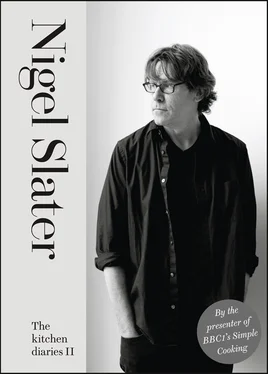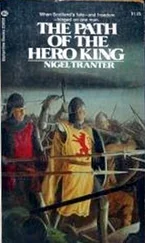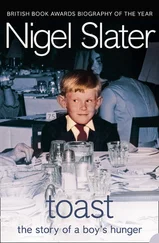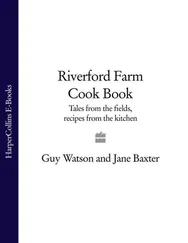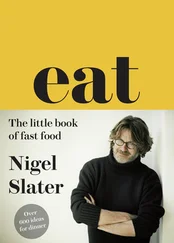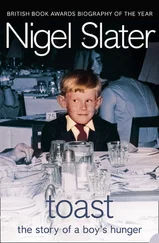A vegetable-based stew to serve with rice or bread.
tomatoes: 800g
red peppers: about 500g
olive oil: 110ml
red wine vinegar: 3 tablespoons
cumin seeds: a teaspoon
chickpeas: two 400g cans
preserved lemons: 60g
harissa paste: a teaspoon
basil leaves: a handful
soft, Middle Eastern-style bread, to serve
Set the oven at 200°C/Gas 6. Remove the tomatoes from their stalks, cut each into six and put them in a baking dish. Cut the peppers in half, tear out their stalks and seeds, cut the flesh into short chunks, then add to the tomatoes.
Add 75ml of the oil, plus the vinegar, cumin seeds and a generous grinding of black pepper and sea salt. Roast for fifty minutes to an hour, until the peppers are tender and the tomatoes are soft and juicy. If the edges have caught slightly, then all to the good.
Transfer the tomatoes and peppers from the baking dish to a saucepan. Drain the chickpeas of their canning liquor and rinse them under the cold tap. Mix the drained chickpeas with the tomatoes and peppers.
Chop the preserved lemon, discarding the soft inner pulp. Stir the harissa, chopped lemon and remaining olive oil into the chickpeas, place the pan over a moderate heat and leave to simmer for ten minutes or so, till it is thoroughly hot and juicy. Season with salt and coarse black pepper.
Fold the basil leaves, whole, into the mixture, letting them wilt in the heat. Transfer to a serving dish and serve with warm bread.
Enough to serve 4, generously, as a main course
A spurtle, some oats and a beautiful bowl
I have been using my spurtle the wrong way round. This came to light last year, when I took a porridge-making lesson with Ian Bishop in Carrbridge, Scotland. This morning, under a beautiful, grey-white winter sky, Ian’s softly spoken words come back to me.
A spurtle, spirtle, theevil or, as it used to be known in Shetland, gruel-tree, is a thick wooden stick purely for stirring porridge in its pan, and seems like one piece of kit too many, especially to someone with a pathological dislike of unnecessary gadgets. But the gentle sound of warm oats and water being stirred in a thick pan on a freezing morning is a noise of ancient comfort, like the soft crackle of an open fire in an old hearth. I have loved porridge since I was a boy, but my mother made it with milk and sugar whereas I make mine with water and salt.
Ian taught me to use three cups of water to one of pinhead oats. I use the same oats as him now, an organically grown medium oatmeal, and only slightly less salt. He insisted, politely, on a teaspoon of salt to a cup of oats, and I follow his lead, aware that it is almost my entire salt ration for the day. Just as it does in a batch of flapjacks, the salt brings out an almost toasted flavour in the oats. I stir them clockwise only, lest the devil get me, and embellish them with cream and a dark berry jam such as blackcurrant, just as my teacher does.
A bowl of porridge is a quiet breakfast (no snap, crackle or pop) that sets me up for the day. I feel a sense of calm and wellbeing after a breakfast of porridge. I should add that mine now comes in a wooden bowl. I regard my porridge bowls as some of the most beautiful items in my kitchen. They are made by Guy Kerry at his croft in the Black Isle, with ash wood from a tree blown down in a storm.
The recipe is straightforward, and I owe it entirely to Ian. I bring three cups of water to the boil, pour in a cup of medium pinhead oatmeal in a steady flow (let it fall in a steady rain, is how Marian McNeill puts it in The Scots Kitchen), stirring all the time in a clockwise direction. It is done in five minutes, no longer, a scant teaspoon of salt added in the last minute of cooking. As it slides into the wooden porridge bowls, I spoon in a smudge of damson or blackcurrant jam and, if there is any around, some cold single or double cream, avoiding the temptation to write my initials with maple syrup. Tradition prefers us to stand. I hope that leaning against the kitchen sink isn’t going to induce the wrath of the devil.

March
MARCH 2
The cast-iron casserole
A casserole is a cooking vessel rather than the food cooked in it. Nevertheless, the word has come to mean a thick, sloppy stew cooked in a covered pot. I’m no pedant and that is fine by me. Once under the ownership of the frugal home cook, such recipes are now standard gastropub fare, and in particular those involving lamb shanks.
The shank, no longer the cheapest of meats, is the hard-working cut from the top of the front leg. The muscles and sinews of the shank can soften or tighten as the mood takes them, so it is best cooked slowly, in liquid, and in a low oven. Frustratingly, the flesh can fall easily from the bone or not, so exact timing in a recipe is almost impossible. They may need an hour or three. Of course, modern cooks demand a recipe that is done in the time it states, but with the lamb shank we must enter a different mindset, one where something is done when it feels like it, not when a recipe says it should be.
Size isn’t necessarily an issue, but the smaller the shank, the quicker it may come to tenderness. No guarantees though; I have met the odd tough little bugger before now. Covering with a lid or foil will help the meat to steam as well as bake, which should encourage it down the path towards tenderness. But the most likely way to guarantee your meat falling from the bone in a sinewy, velvety mound is to sink it in plenty of liquid – stock, wine, cider, whatever. Just keep the meat covered. This is no mean feat with a large shank, so regular turning during cooking is essential to keep as much of the flesh covered for as long as possible.
I have several casseroles – by which I mean the pots, not their edible contents. A couple are scarred from bean-based recipes forgotten in the oven (chickpeas leave bubblewrap-type rings on the base; cannellini the sort of snow you get on an untuned television screen), whilst many have cream or grey linings that have taken on the hue of red wine sauce. That’ll be boeuf bourguignon, or perhaps oxtail. There is a beautifully understated matt-black one, solid cast iron, which I use for stock and occasionally for a breadcrumb-topped stew. If I were a different sort of cook, it would have been used like those in Castelnaudary, the French home of cassoulet, with its bits of pork, goose and beans. But mine gets used for macaroni cheese, chicken casserole with tarragon and potatoes and, today, a heart-warming dish of lamb shanks cooked with thyme, garlic, onions and black-eyed beans, or other beans if you wish. The sort of recipe that looks as if it took days to make, that warms like no other and makes you feel like a real cook. Whatever one of those may be.
Lamb shanks with black-eyed beans
I say black-eyed beans, but you could use haricot beans or chickpeas if that is what you have to hand.
dried black-eyed beans: 500g
bay leaves: 2
olive oil
lamb shanks: 4
onions: 3
thyme: 4 small sprigs
garlic: 4 plump cloves, finely sliced
plain flour: 4 lightly heaped tablespoons
stock or, at a push, water: 750ml
For the crust:
fresh white breadcrumbs: 150g
a handful of chopped parsley
olive oil
Soak the beans in cold water overnight to plump them up. The next day, drain and rinse them, then bring to the boil in deep water, together with the bay leaves and a good glug of olive oil. Boil hard for ten minutes, then reduce the heat so they simmer merrily till they are just tender yet retain their shape and some bite – a matter of thirty to thirty-five minutes or so. Drain the beans in a colander and set aside.
Читать дальше
